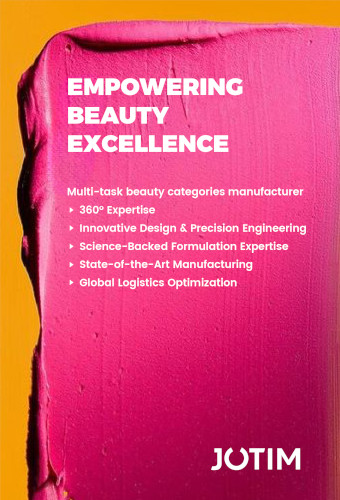Preservative systems exist explicitly to maintain the safety of a formulation by keeping it free of microbial contamination. It is critically important that cosmetics are protected from microorganisms to ensure product longevity and user safety. The Hurdle Technology approach is a well-documented way to rethink traditional preservation to meet consumer desires for health and wellness while fulfilling the requirement of product safety. Instead of using one powerful preservative, multiple barriers to microbial growth (or “hurdles”) can be established to limit or eliminate microorganism growth in a formulation. For adequate protection using the Hurdle Technology approach, multiple ingredients need to be combined with other formulation hurdles already put in place. This can pose a particular challenge in formulation design because it adds complexities due to difficulties of optimizing ingredient combinations and ratios for broad spectrum control.
Optimized ingredient combinations for proven efficacy
Optimized combinations of multifunctional ingredients, combined with Good Manufacturing Practices (GMPs) and the Hurdle Technology approach, provide antimicrobial control in a variety of personal care formulation types. For broad spectrum efficacy it is critical to combine ingredients that complement one another. Complete solutions for cosmetic preservation are often provided in optimized combination products.
Spectrastat™ alternative preservation solutions are optimized, proprietary combinations of multifunctional ingredients that work together with smart formulation design and good manufacturing practices to deliver broad spectrum preservation effects. [2]
All Spectrastat™ cosmetic preservation alternatives utilize a core technology: Spectrastat™ CHA (Caprylhydroxamic Acid). Caprylhydroxamic Acid (CHA) is a 100% biobased chelating agent that inhibits microbial growth in formulations when used in combination with other multifunctional ingredients. The chelation functionality of CHA makes it especially effective in controlling the growth of yeast and mold. The C8 carbon chain is an ideal length for disruption of cell membranes and provides microbial growth control over yeast, mold, and bacteria. The hydroxamic acid structure of CHA provides a unique benefit over traditional carboxylic acids: a higher pKa. As a result, CHA is present in its active form at high levels, up to 99%, over a broad pH range, including neutral pH (Figure 1). In formulation, this results in an ingredient that provides effective microbial growth control at low use levels even at neutral pH.

To overcome the formulation design challenges that come with using new preservation options, optimized complete systems are formulated to include CHA, medium chain terminal diols for additional bacteria growth control, and carrier fluids for easy-to-use liquid formats.
A variety of optimized complete solutions are available under the Spectrastat™ tradename:
– Spectrastat™ G2 Natural MB (caprylhydroxamic acid (and) glyceryl caprylate (and) glycerin) contains 100% USDA certified biobased content. The novel blend of Caprylhydroxamic Acid with Glyceryl Caprylate, a skin conditioning agent, creates a ready-to-use combination that effectively controls bacteria, yeast, and mold over a broad pH range from pH 4 – 8. Spectrastat™ G2 Natural MB has been demonstrated to be an effective preservative in cleansing compositions, emulsions, and wipes lotions at a typical use level of 1.0 – 1.5% (w/w).
– Another optimized solution is Spectrastat™ PHL (caprylhydroxamic acid (and)1,2-hexanediol (and) propanediol). Spectrastat™ PHL contains 66% USDA certified biobased content. This ingredient combination combines the chelating power of CHA with the solvency of 1,2-hexanediol yielding a readily water soluble and cold processable alternative preservation solution that effectively controls bacteria, yeast, and mold. Spectrastat™ PHL provides a mild and gentle solution that is ideal for baby products and facial care products, including sheet masks.






























